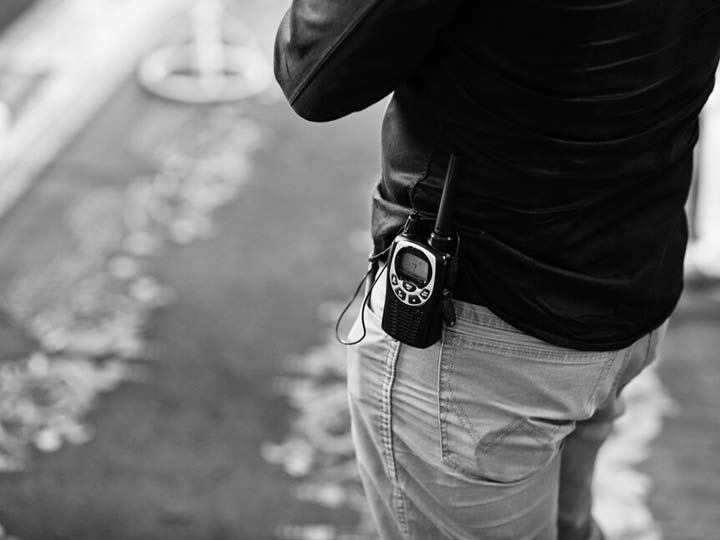The General Regulatory Framework of Article 80 TU 309/90
Article 80, paragraph 2, of the Consolidated Law on Narcotic Drugs (DPR 309/1990) increases penalties for those involved in crimes related to large quantities of narcotic or psychotropic substances. Specifically, penalties are increased by half to two-thirds when significant quantities are involved, and can reach 30 years of imprisonment in the presence of aggravating circumstances, such as the alteration of substances to enhance their danger. This provision reflects the legislator’s strict approach to combating drug trafficking, aggravating penalties for crimes involving large quantities of drugs to protect society from the harmful effects of drug trafficking.
The Issue of “Large Quantities” in Jurisprudence
The definition of “large quantity” has generated significant debate in case law. The United Sections decision of January 30, 2020, No. 14722, confirmed the criteria established by the Biondi decision of 2012 (Cass., SS.UU., May 24, 2012, No. 36258), which set a threshold of 2 kg of active ingredient for cannabis as a reference for defining a large quantity. However, the use of the term “soft drug” in reference to cannabis remains controversial due to its potential harm to physical and mental health, as well as the risk of leading users toward more dangerous substances.
The Referral Order and Art. 618 cpp
An important interpretation concerning the aggravating factor of large quantities was raised by the Cassation Criminal Section IV order of September 10, 2019, No. 38635. The issue referred to the United Sections was whether, after the 2014 legislative amendment, a new assessment of the conditions for applying the aggravating factor was necessary. The United Sections Biondi of 2012 had set the quantitative threshold at 2000 times the maximum allowed active ingredient value from ministerial tables. This mathematical criterion was tempered by the judge’s discretion in assessing the dangerousness of the substance. After the Constitutional Court’s intervention in 2014, the distinction between soft and hard drugs was reinstated, allowing for greater interpretive flexibility.
The Evolution of Jurisprudence on Large Quantities
Over the years, case law has continued to develop based on the guidelines established by the Biondi decision of 2012. While maintaining the relevance of numerical criteria, courts have sought to integrate these assessments with qualitative aspects. The Cassation Criminal Section decision of June 18, 2019, No. 35671, confirmed that even after the Constitutional Court’s intervention, numerical criteria remain valid but must be applied in conjunction with considerations of the substance’s dangerousness. This balance between legal certainty and judicial discretion is crucial to ensure fair application of the law.
Overcoming the Concept of “Market Saturation”
One of the jurisprudential precedents overcome by the Biondi decision of 2012 was the concept of “market saturation“, introduced by the Primavera decision of 2000 (Cass., SS.UU., June 21, 2000, No. 17). This theory, based on the ability of the accused quantity to satisfy a large number of consumers, was criticized for its difficulty in application within the context of the drug trade, where the market is clandestine and difficult to measure. The Biondi decision replaced this approach with objective quantitative criteria, establishing clear and measurable limits to avoid arbitrary interpretations.
Confirmation of the Biondi 2012 Jurisprudence
Despite legislative amendments and the Constitutional Court’s decision No. 32/2014, the United Sections Biondi 2012 decision remains a solid point of reference. The quantitative limits set for various substances, such as 750 mg for cocaine, 250 mg for heroin, and 1,000 mg for cannabis, continue to provide clear guidance for judges and lawyers in determining when the quantity of drugs exceeds the permissible limit for personal use.
The Impact of the Time Factor in Drug Possession
An interesting aspect of Biondi jurisprudence is the period covered by the maximum allowable quantity (QMD), which is not limited to 24 hours but can extend to one or more weeks depending on the circumstances. This prevents overly restrictive interpretations that could unfairly limit the right to possess drugs for personal use.
The evolution of jurisprudence regarding large quantities of narcotics reflects an ongoing effort to balance legal certainty with flexibility in applying the law. On one hand, clear parameters are necessary to avoid excessive judicial discretion; on the other, it is essential that judges consider the quality of the substance and the context in which the offenses are committed. The Biondi decision of 2012 contributed to greater predictability and legal certainty, but continuous updates to the law are essential to address the challenges posed by changes in social and criminological phenomena related to drug trafficking.

